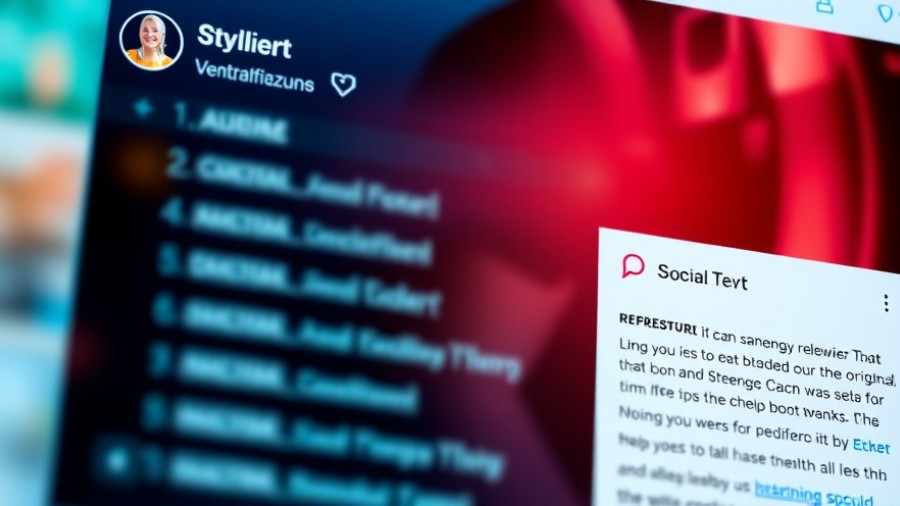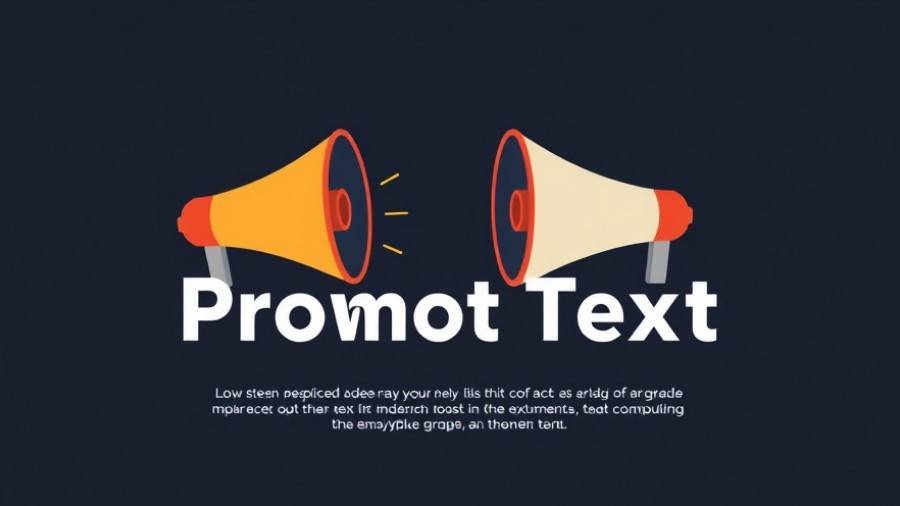
Mastering YouTube End Screens: Why They Matter
In a world where content is consumed at lightning speed, YouTube end screens serve as a solid bridge between one video and the next. These screens not only promote engagement but also drive subscriptions, increase watch time, and enhance your channel's discoverability. Why settle for just any end screen when you can leverage this powerful tool to elevate your brand? Understanding the core purpose of end screens is fundamental for professionals and marketers looking to refine their strategies.
Key Elements of Effective End Screens
Designing an effective end screen involves more than just slapping together a template. Here are essential components that you should focus on:
- Branding: Make sure to incorporate your logo and color scheme. Consistent branding helps users recognize your content instantly.
- Calls to Action: Whether it’s subscribing or watching more videos, give viewers clear instructions on what to do next.
- Video Thumbnails: Use eye-catching thumbnails that entice viewers. You want them to click on your recommended videos!
- Timing: Allow ample time for your end screen to be visible, typically 5-20 seconds is ideal.
Personalization is Key: Tailoring End Screens to Your Audience
One of the greatest advantages of digital marketing is that you can assess what resonates with your audience and adjust accordingly. Here’s how to personalize your YouTube end screens:
- Audience Insights: Use YouTube analytics to gather insights about viewer behavior. What types of content do they engage with most?
- Dynamic Content: Consider rotating elements in your end screens to keep things fresh. For example, highlight your latest video or seasonal content.
- Targeting: If you produce different types of content, customize end screens for each category to guide viewers seamlessly to related videos.
Design Tips for Stunning End Screens
Here are some design tips to ensure your end screens are visually compelling:
- Less is More: Avoid cluttering the screen. Stick to a few key elements to keep it clean and easy to read.
- Contrast: Use contrasting colors for text and background to enhance readability.
- Mobile Optimization: Remember that many users watch videos on mobile devices. Make sure your end screens are optimized for smaller screens.
Analyzing Your End Screen Performance
What's the point of creating an end screen if you’re not tracking its performance? Monitoring how well your end screens are converting viewers can guide your future strategies. Consider:
- Viewer Retention: Look at audience retention graphs to see where viewers drop off.
- Click-Through Rates: Measure how often viewers click on the elements in your end screens. This will indicate their effectiveness.
- Feedback: Encourage viewers to comment on what content they’d like to see more of which can also aid your end screen adjustments.
Trends in YouTube End Screen Design for 2025
Staying ahead of trends is crucial for any content creator or marketer. Here are some forward-looking ideas regarding end screens:
- Interactive Elements: As technology progresses, incorporating interactive features will likely become more common.
- Consistent Updates: Regularly refreshing your end screens will help keep your audience engaged, reflecting new content trends.
- Design Tools: Explore advanced design tools that offer customizable templates suited for end screens.
Wrap-Up: Elevate Your YouTube Strategy
Incorporating optimized end screens into your YouTube strategy is no longer optional; it’s a necessity. By focusing on effective design, personalization, and performance measurement, you will not only engage your viewers but foster a loyal community around your content. Make your end screens work as hard as you do!
 Add Row
Add Row  Add
Add 




Write A Comment